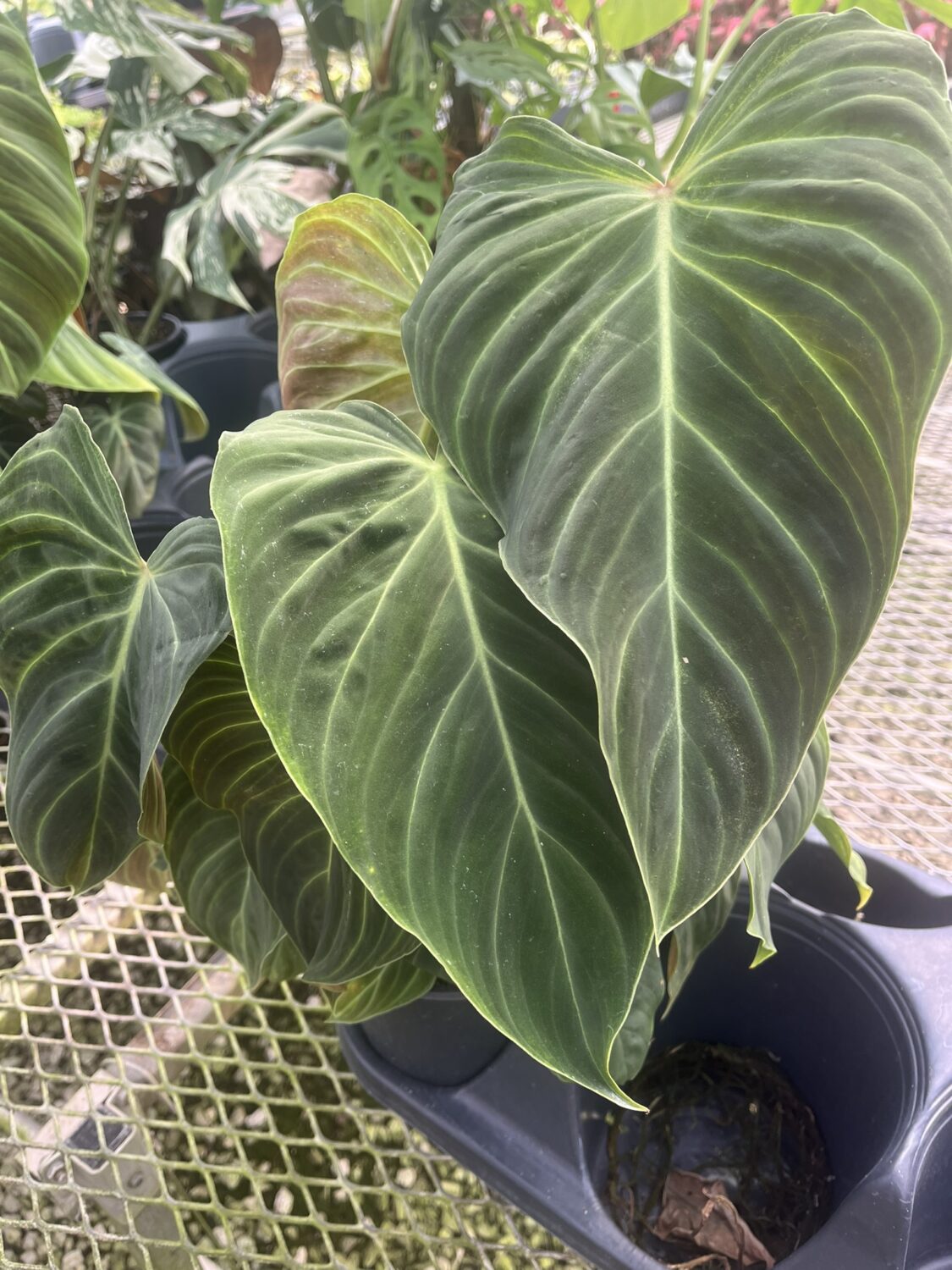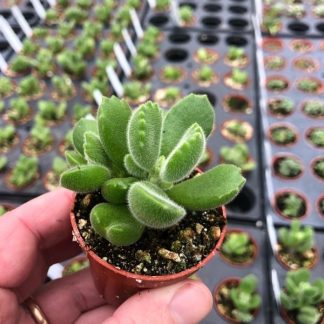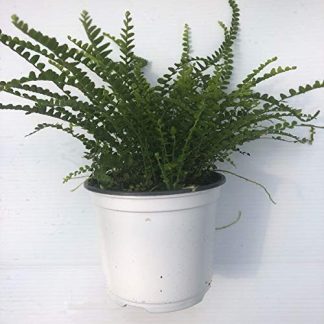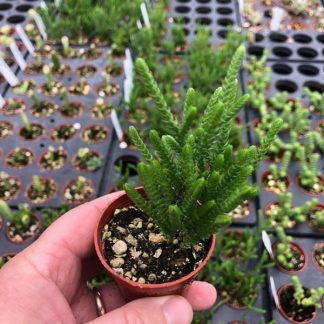Description
Philodendron ‘Splendid’: Care and Growing Guide
Philodendron ‘Splendid’ is a hybrid tropical plant created by crossing Philodendron melanochrysum and Philodendron verrucosum. It is beloved for its velvety, heart-shaped leaves with deep green tones and striking light green veins. As the foliage matures, it develops a subtle, metallic sheen that makes it a true showpiece in any indoor plant collection. Its natural climbing growth habit makes it perfect for moss poles, trellises, or hanging displays.
This plant is prized by collectors and indoor gardeners for its combination of beauty and ease of care. When grown under the right conditions, it quickly transforms any room into a lush tropical retreat.
Key Features
-
Velvety Foliage: Heart-shaped leaves with a soft texture and bold veining.
-
Climbing Habit: Thrives when trained on a moss pole or trellis.
-
Tropical Ambiance: Creates a rich, exotic atmosphere indoors.
-
Low Maintenance: Adaptable and forgiving for most home environments.
-
Collector’s Favorite: Highly sought after for its rare hybrid traits.
Growing Philodendron ‘Splendid’
Caring for this plant is simple once you understand its tropical origins. Here’s how to help it thrive indoors.
1. Light and Placement
-
Light Needs: Bright, indirect light is best. Avoid harsh direct sunlight, which can scorch its delicate leaves.
-
Ideal Location: Near an east- or north-facing window, or filtered light in south- or west-facing rooms.
-
Temperature Range: 65–85°F (18–29°C). Keep away from drafts or sudden temperature changes.
2. Soil and Potting
-
Soil Type: A chunky, well-draining mix is ideal. Combine orchid bark, perlite, and coco coir for aeration and moisture balance.
-
Pot Choice: Use a pot with drainage holes. Repot every 1–2 years, or when roots outgrow the container.
3. Watering and Humidity
-
Watering Frequency: Water when the top 1–2 inches of soil feel dry. Avoid overwatering to prevent root rot.
-
Humidity Requirements: Prefers high humidity (60–80%). A humidifier or pebble tray can help in drier climates.
4. Feeding
-
Fertilizer Schedule: Use a balanced, water-soluble fertilizer every 4–6 weeks during spring and summer.
-
Organic Options: Slow-release organic fertilizers are a good choice for steady nutrient supply.
5. Pruning and Support
-
Pruning: Remove yellowing or damaged leaves regularly to encourage healthy growth.
-
Training: Provide a moss pole or trellis to support its climbing nature. This also encourages larger, more dramatic leaves.
Propagation
Philodendron ‘Splendid’ propagates easily by stem cuttings:
-
Select a healthy stem with at least one node and aerial root.
-
Cut just below the node with clean, sharp scissors.
-
Place the cutting in water or moist sphagnum moss. Ensure the node is submerged.
-
Keep in bright, indirect light with high humidity.
-
Roots typically form in 2–4 weeks, after which the cutting can be potted.
Common Problems and Solutions
-
Yellowing Leaves: Often caused by overwatering or nutrient deficiency. Adjust watering habits and fertilize during growth seasons.
-
Brown Leaf Edges: Usually due to low humidity or underwatering. Increase moisture levels around the plant.
-
Pests: Watch for spider mites, mealybugs, or aphids. Treat infestations with neem oil or insecticidal soap.
-
Stunted Growth: Ensure adequate light and check for root crowding. Repot if needed.
Styling and Design Tips
-
Vertical Feature: Train on a moss pole for a dramatic centerpiece.
-
Tropical Mix: Pair with Monsteras, Calatheas, or ferns for a jungle vibe.
-
Standalone Statement: Display on a pedestal or plant stand to highlight its foliage.
-
Trailing Display: Allow vines to cascade from a hanging basket for a softer look.
Benefits of Growing Philodendron ‘Splendid’
-
Air Purification: Helps filter toxins and improve indoor air quality.
-
Visual Impact: Adds lush texture and elegance to any room.
-
Low Maintenance: Perfect for both beginners and experienced collectors.
-
Adaptable: Grows well in a range of indoor conditions.
A Fitting Name for a Splendid Plant
Philodendron ‘Splendid’ lives up to its name. Its velvety leaves and striking veining make it one of the most eye-catching tropical plants available. Whether climbing up a moss pole or trailing from a shelf, it transforms ordinary spaces into lush indoor jungles. With minimal care and a touch of attention, this plant will reward you with steady growth and show-stopping beauty year after year.




